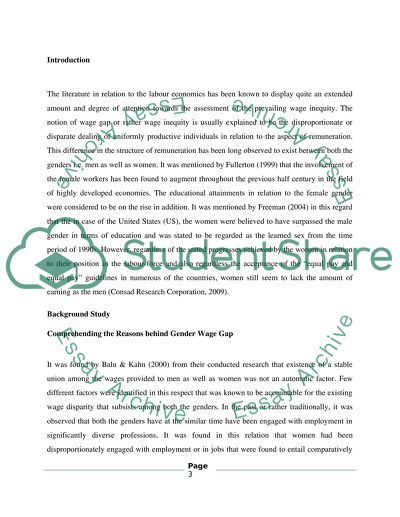Cite this document
(“Critical Literature Review on Why is there a Gender Pay Gap Against”, n.d.)
Retrieved from https://studentshare.org/sociology/1450481-project-critical-literature-review-on-why-is-there
Retrieved from https://studentshare.org/sociology/1450481-project-critical-literature-review-on-why-is-there
(Critical Literature Review on Why Is There a Gender Pay Gap Against)
https://studentshare.org/sociology/1450481-project-critical-literature-review-on-why-is-there.
https://studentshare.org/sociology/1450481-project-critical-literature-review-on-why-is-there.
“Critical Literature Review on Why Is There a Gender Pay Gap Against”, n.d. https://studentshare.org/sociology/1450481-project-critical-literature-review-on-why-is-there.


